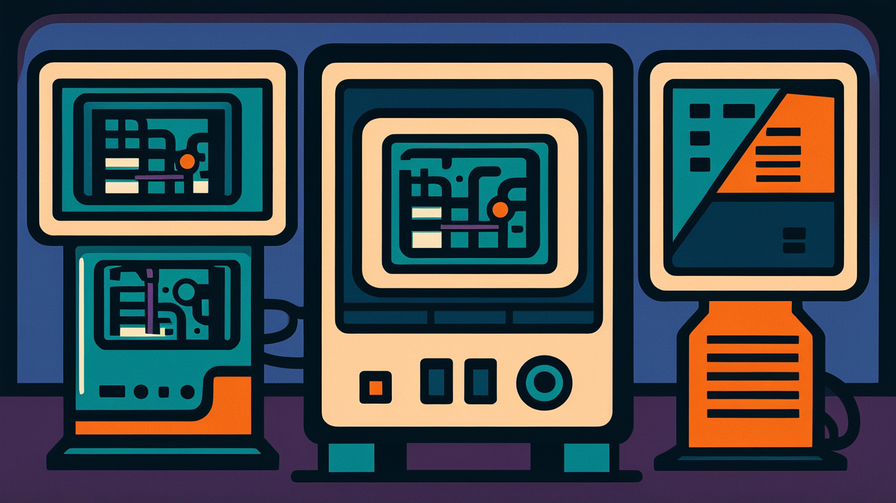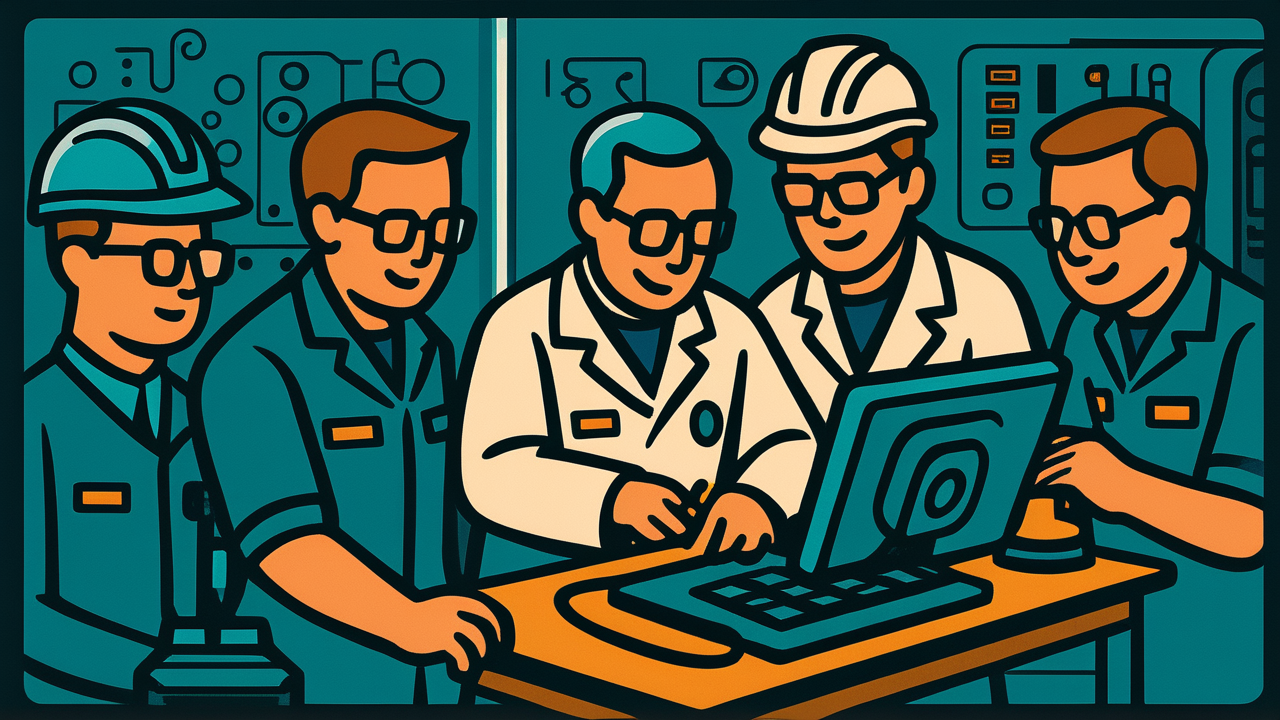[Disclaimer] This article is reconstructed based on information from external sources. Please verify the original source before referring to this content.
News Summary
The following content was published online. A translated summary is presented below. See the source for details.
A new type of computer chip called a Data Processing Unit (DPU) is revolutionizing how AI systems work, making them 190 times more energy-efficient while dramatically improving performance. Japanese telecom giant SoftBank tested this technology using NVIDIA’s BlueField-3 DPU combined with F5’s networking software, achieving remarkable results. The DPU handles network traffic and security tasks that would normally require 30 regular computer processors, freeing those processors for actual AI work. This matters because modern AI systems, especially “agentic AI” that can plan and reason like humans, require many different components working together – like speech recognition, language understanding, and decision-making systems all communicating constantly. Think of it like a restaurant where the DPU acts as an incredibly efficient waiter, handling all the orders and communication between tables and kitchen, allowing the chefs (regular processors) to focus solely on cooking. SoftBank’s tests showed the system could handle 77 gigabits per second of data without using any main processors, compared to traditional systems that maxed out at 65 gigabits while consuming massive computing power. This breakthrough is crucial as AI systems become more complex and energy costs skyrocket.
Source: NVIDIA Developer Blog
Our Commentary
Background and Context

To understand why DPUs matter, imagine your computer as a busy office. The CPU (main processor) is like the CEO making important decisions. The GPU (graphics processor) is like the creative department producing amazing visuals and calculations. But who handles the phones, manages security, and coordinates between departments? That’s where the DPU comes in – it’s the office manager that keeps everything running smoothly.
Modern AI systems aren’t single programs but collections of specialized services working together, much like apps on your phone communicate with each other. When you ask an AI assistant a question, it might use one service to understand your speech, another to process the meaning, a third to search for information, and a fourth to generate a response. All this communication creates massive data traffic that can overwhelm regular processors.
Expert Analysis
The shift to “agentic AI” represents a fundamental change in how artificial intelligence works. Instead of simply answering questions, these systems can plan, reason, and solve complex problems by breaking them into steps. It’s like the difference between a calculator that gives you an answer and a tutor who shows you how to solve the problem.
Energy efficiency has become critical as AI grows. Training and running AI models consumes enormous amounts of electricity – some data centers use as much power as small cities. By making systems 190 times more energy-efficient, DPUs could help make AI more sustainable and accessible. This isn’t just about saving money; it’s about ensuring AI can scale without contributing excessively to climate change.
Additional Data and Fact Reinforcement
The numbers from SoftBank’s test are staggering. Their DPU-enhanced system achieved 57 gigabits per watt of power, compared to just 0.3 gigabits per watt for traditional systems. To put this in perspective, that’s like a car getting 1,900 miles per gallon instead of 10. The system also reduced response time by 11 times – imagine websites loading in 0.1 seconds instead of 1.1 seconds.
This technology is particularly important for “sovereign AI” – countries building their own AI infrastructure rather than relying on foreign tech giants. Japan, through companies like SoftBank, is investing heavily in domestic AI capabilities. With two of the world’s 20 largest supercomputers and their own language models like Sarashina, they need efficient ways to serve millions of users.
Related News
The race for AI efficiency is global. Google recently announced new Tensor Processing Units (TPUs) designed specifically for AI. Amazon Web Services created their Trainium chips. Even Apple is developing custom processors for on-device AI. Each approach tries to solve the same problem: making AI faster and more efficient.
This hardware revolution parallels the software side, where companies are creating smaller, more efficient AI models. The combination of better hardware like DPUs and smarter software could make AI accessible on regular devices rather than requiring massive data centers.
Summary

DPUs represent a crucial evolution in computing architecture, adding a third type of processor specifically designed for the networking and security tasks that modern AI systems require. By dramatically improving efficiency and performance, this technology helps solve one of AI’s biggest challenges: the massive computational and energy requirements. For students interested in technology careers, understanding this new computing paradigm – CPU for general tasks, GPU for parallel processing, and DPU for data movement – will be essential as AI becomes central to every industry.
Public Reaction
Tech enthusiasts celebrate the efficiency gains, seeing DPUs as essential for sustainable AI growth. Environmental advocates welcome the massive reduction in energy consumption. Some worry about increasing complexity in computer systems. Data center operators see huge potential cost savings. Students studying computer science express excitement about new career opportunities in DPU programming and optimization.
Frequently Asked Questions
Q: What exactly is a DPU?
A: A Data Processing Unit is a specialized chip designed to handle networking, security, and data movement tasks, freeing up CPUs and GPUs for their specialized work. Think of it as a traffic controller for data.
Q: Why is energy efficiency so important for AI?
A: AI systems consume enormous amounts of electricity. Making them more efficient reduces costs, environmental impact, and enables AI deployment in more places without overloading power grids.
Q: Will DPUs change how we use computers at home?
A: Initially, DPUs are for data centers and enterprise systems. But as AI becomes more common in everyday devices, consumer versions might appear in future gaming consoles or high-end PCs.


